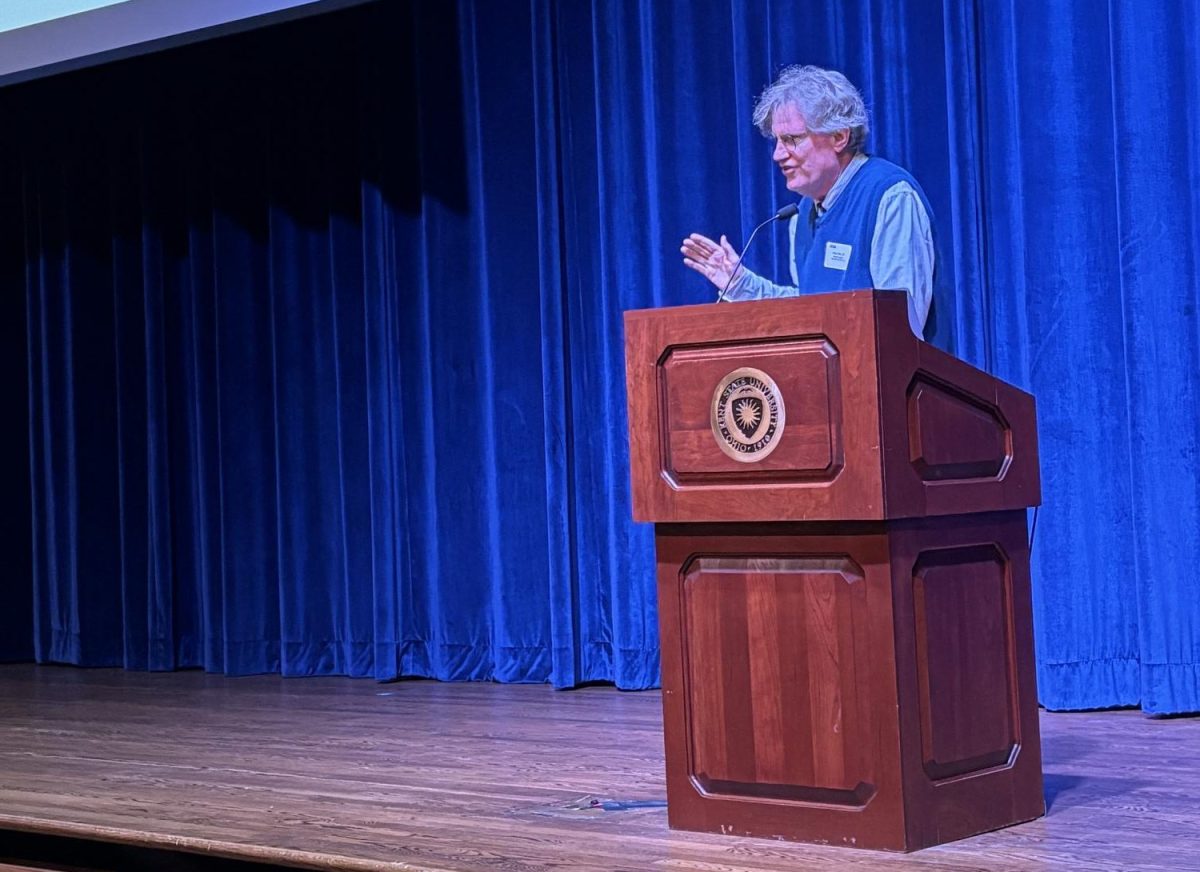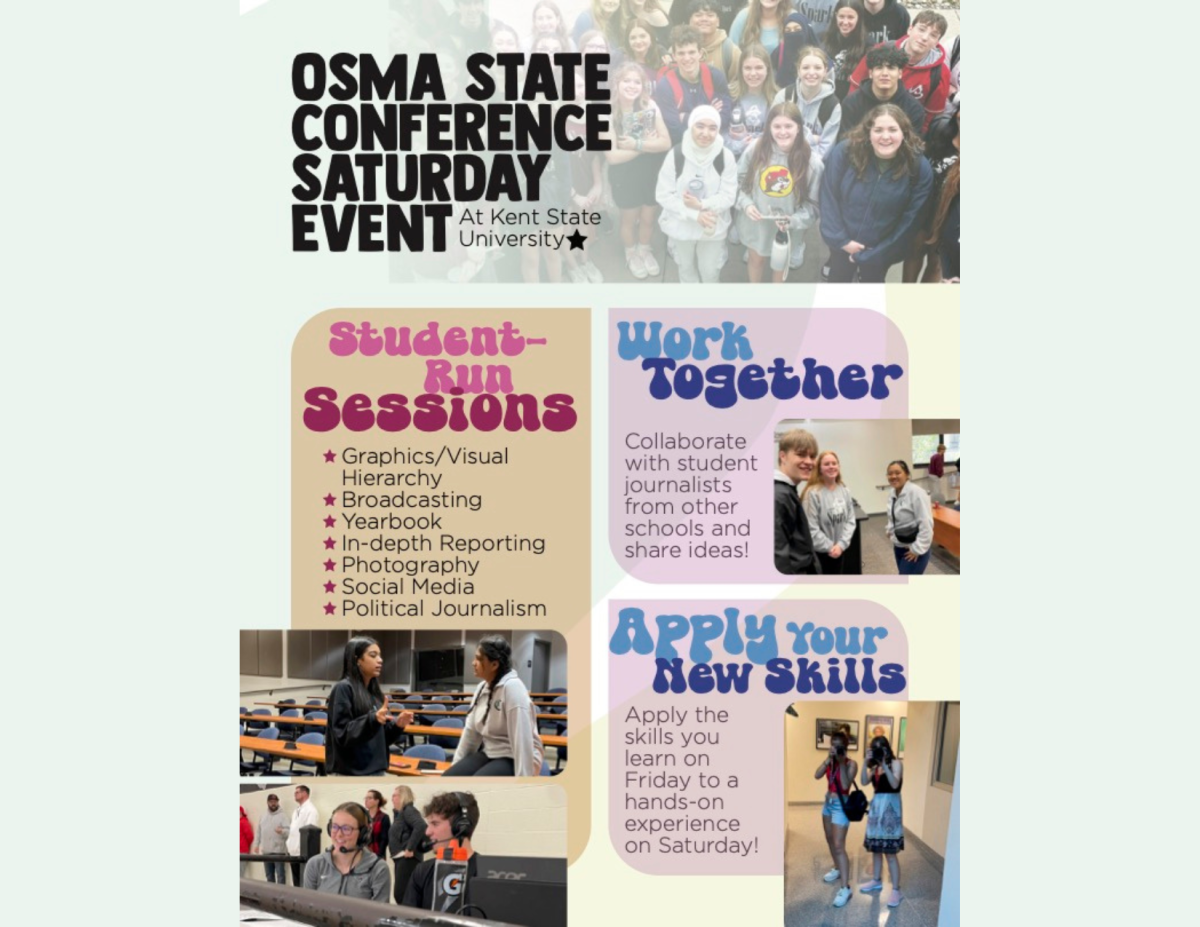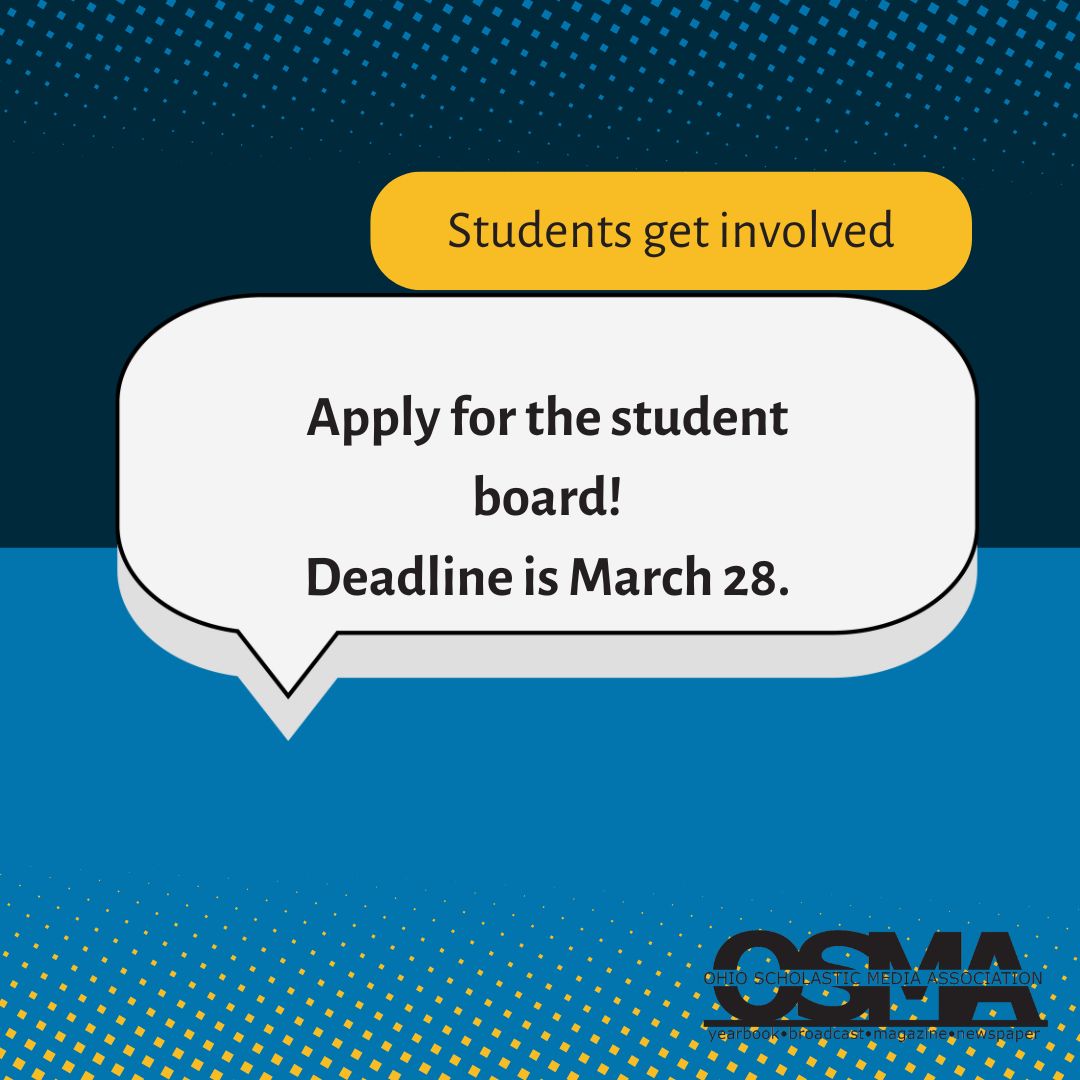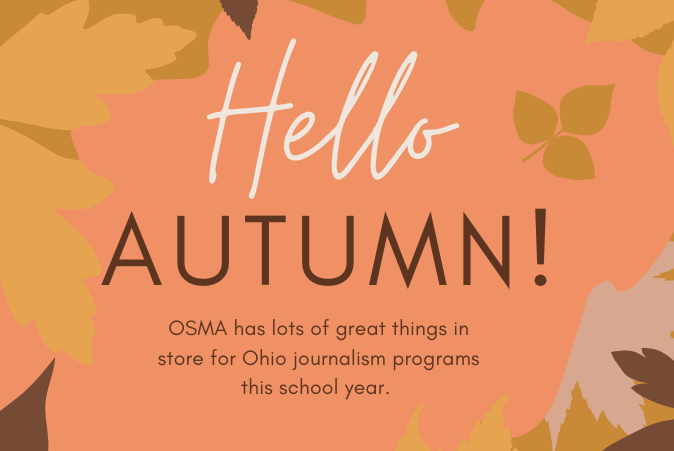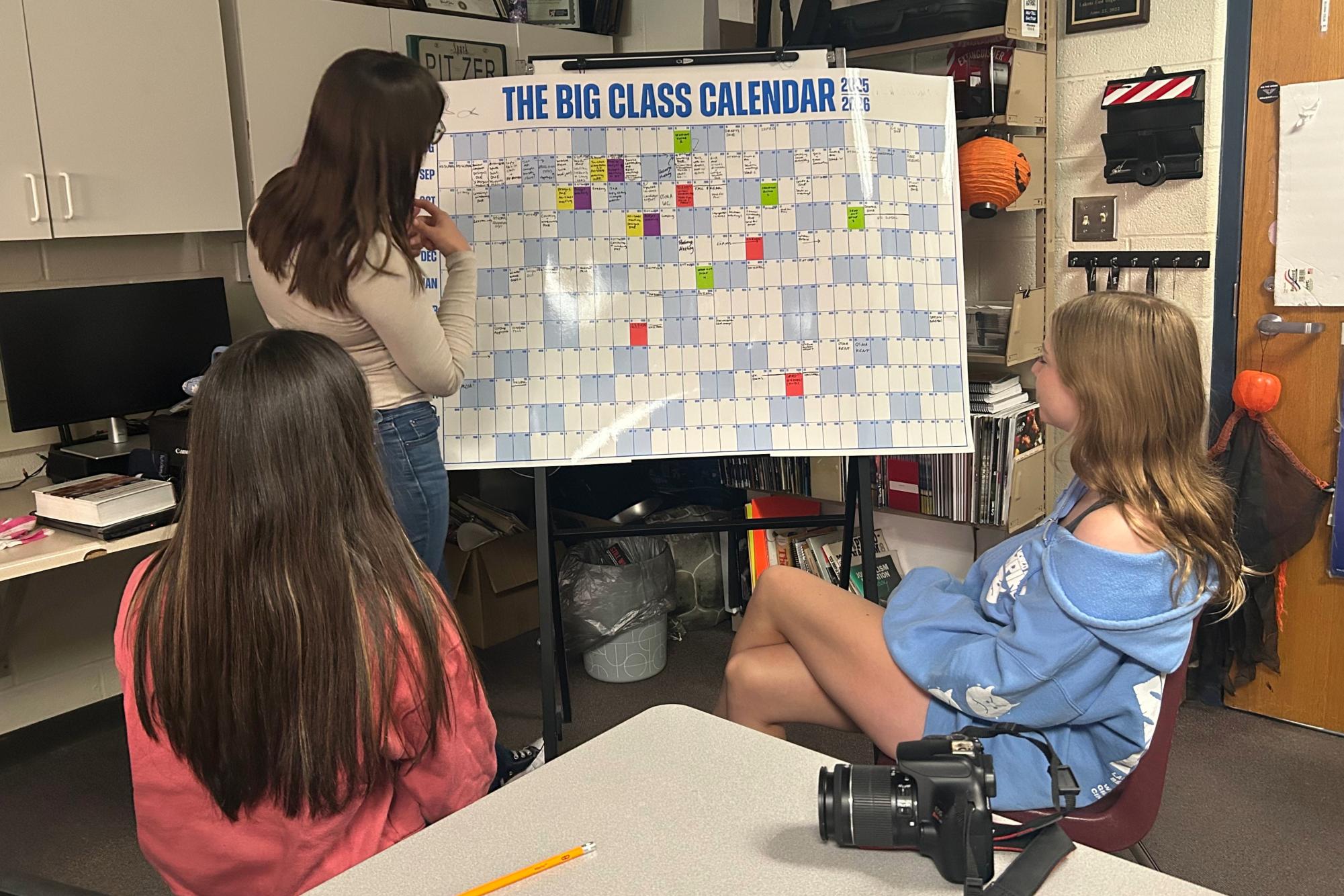
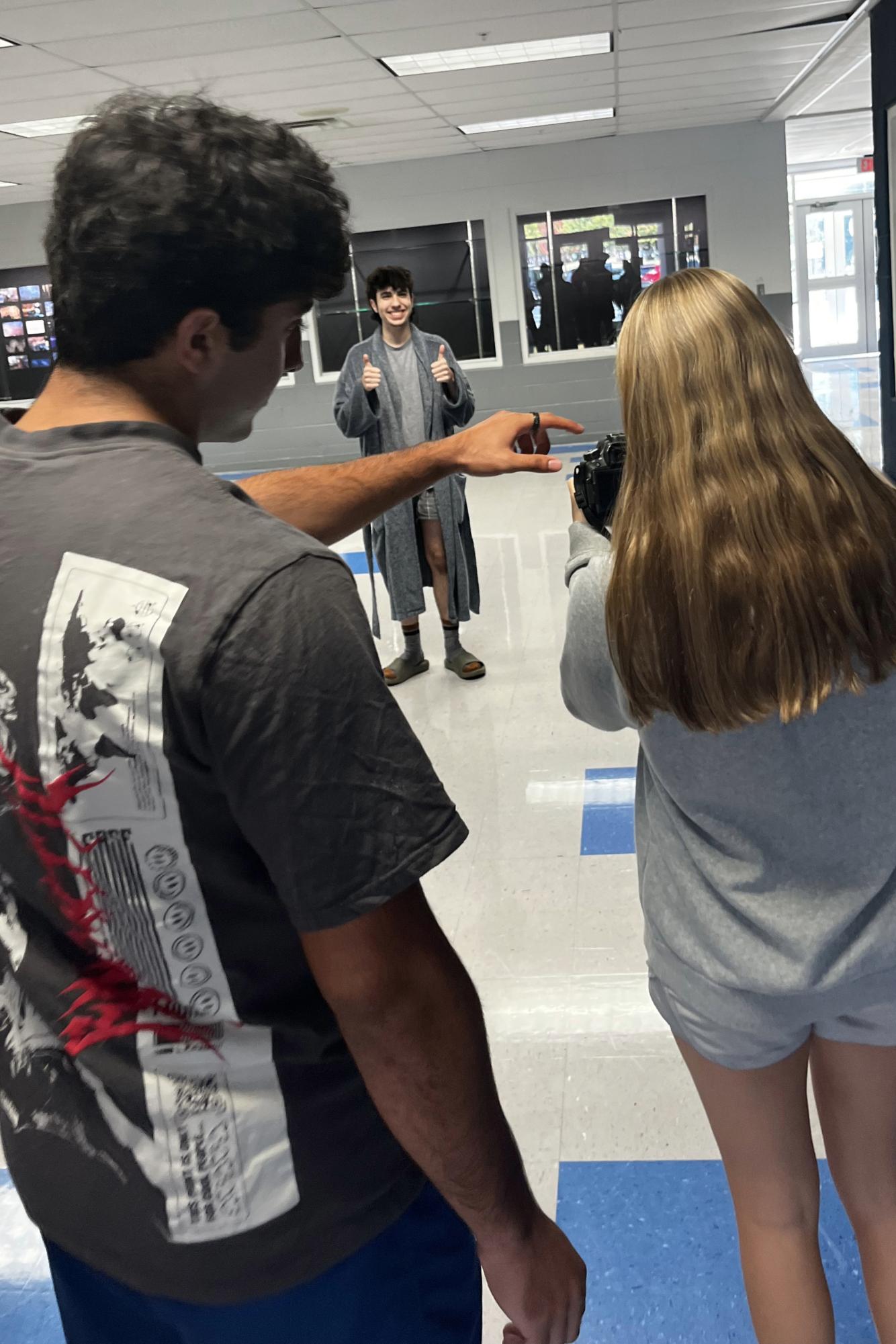
Before the first article is written or the first photo is snapped, successful student publication staffs throughout Ohio are laying the groundwork for the year ahead.
Advisers and editors point to five proven ways to start strong: clarify roles and expectations, plan early, build team culture, train through feedback and mentorship and promote the program both inside and outside the school.
Clear expectations prevent confusion down the road. Early in the semester, staffs should carve out time to review editorial policy, responsibilities and professional standards.
“We spend the first couple of days making sure everyone is on the same page in terms of policy and procedure,” Rutherford B. Hayes High School adviser Julienne McClain said.
At R.B. Hayes, the Talisman staff also builds early relationships with administrators. They host a potluck breakfast and invite district leaders, including principals, the superintendent, treasurer, HR director and school board members.
“After everyone has a chance to eat, my top editors introduce themselves, present their goals for the year and remind administrators that we are a public forum and students make the decisions about content,” McClain said.
In addition to reviewing editorial policy, advisers and student leaders need to ensure everyone– including staff, editors and advisers– understands their roles and responsibilities.
“Our staff, led by our adviser, typically holds a meeting just before or at the start of the year to review roles, clarify responsibilities and discuss key topics,” Beachwood High School Beachcomber news editor So Eun Kang said.
Beachcomber adviser Josh Davis added that it’s important to “emphasize our tradition of success and encourage students to be a part of it.”
Retired Lakota East Spark adviser Dean Hume also stressed setting the tone early.
“The in-coming people are told, ‘This is how it is done; this is the level of requirement; we recruited you knowing you could maintain it,’” he said.
Hume added that a firm publication policy helps staff make decisions based on understanding rather than personal bias.
“If editors can point to policy as a guide, it defuses staff division,” he said.
Hoover High School’s yearbook staff uses a staff manual to help staff answer questions independently.
Advisers note that clarifying expectations is also about instilling responsibility and purpose in student journalists.
“I emphasize the importance of the mission of journalism in a democratic society — especially now, when both journalism and democracy are threatened,” Davis said.
To Do List:
- Review the staff manual, editorial policy and code of ethics.
- Assign editors and section leaders with clear job descriptions.
- Outline expectations for deadlines, accuracy and professionalism.
- Meet with administrators to build relationships.
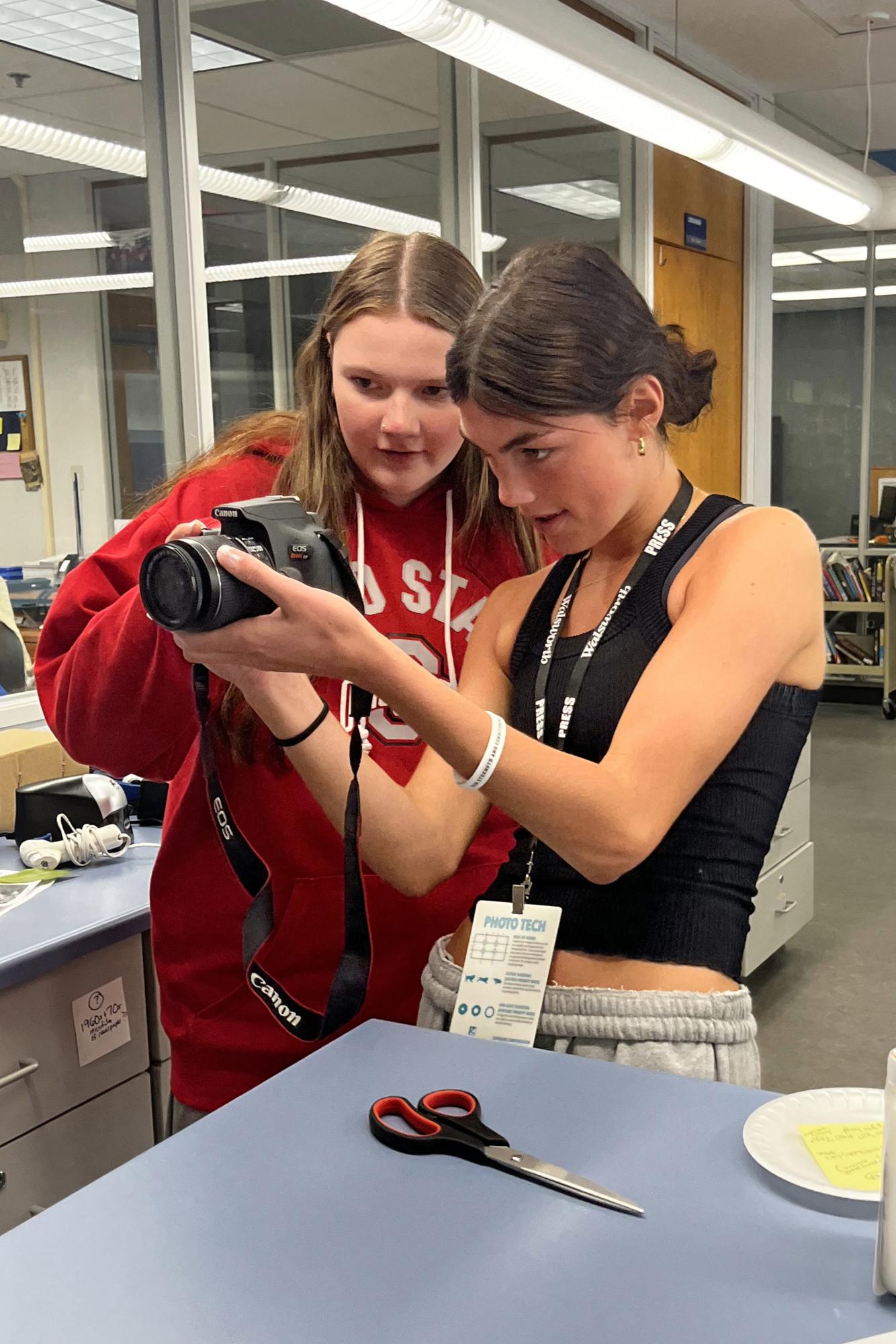
A little planning at the beginning of the year goes a long way.
Lakota East High School editor Eliana Rau advises focusing on the first issue to establish a serious work culture. “Work first, have fun later,” she said.
The Beachcomber staff begins each year by setting goals and planning the first issue, according to Davis.
“We also try to have a staff meeting as early as possible to get the ball rolling and build some momentum,” Davis said.
One lesson the staff has learned is that goal-setting works best when it’s collaborative.
“One mistake I’ve learned to avoid is setting goals for our publication without involving the entire staff,” Kang said. “It’s important that goal-setting is a collaborative process so that everyone feels invested.”
Heckaman echoes the importance of listening to others.
“Go into every decision with an open mind and room for everyone to voice their opinion,” Heckaman said.
During this time, the Beachcomer staff begins discussing potential topics for coverage, according to Kang. As the news section editor, she compiles a list of topics in advance, which the team discusses.
In addition, staffs need to map out deadlines, work sessions, promotion, fundraisers (including advertising) and social media. They should also factor in team-building activities and trips to local, state and national conventions.
Editorial calendars — whether in Google Sheets, shared digital calendars, or even a big wall chart — help keep everyone aligned.
“Having an accessible digital schedule alongside a visible physical copy helps me in the long run,” Kang said.
Monthly meetings keep the Beachcomber staff on track as the year progresses.
“We have content meetings for each issue and editorial leadership meetings, website management meetings and/or training sessions as needed,” Davis said.
“Throughout the year, our staff consistently prepares for OSMA conventions, attends monthly meetings to discuss issue topics, and collaborates as editors to plan and finalize editorials,” Kang said.
Hume warns that meetings must be planned in advance.
“Editors tend to think calling last-second meetings will be successful,” Hume said. “They usually are not. While some people are tremendously flexible schedule-wise, many students are ‘packed’ tightly.”
To do list:
- Set goals for the year
- Brainstorm story ideas for the first issue/show.
- Create an editorial calendar and share with staff
- Set monthly meetings in advance.
The first weeks of school set the tone for the year. Successful programs emphasize relationship building alongside planning.
Editors need to connect with staff members early in the year.
“I like to have a simple conversation whenever I can, to build a friendship, as I want them to feel as important as the editors, while also building respect for my position,” Heckaman said.
That inclusive approach ensures new staff members feel supported while returning members are reenergized for the year ahead.
“I give them respect and show kindness, even while frustrated, as this shows they can come to me for help, even when it’s a stressful time,” Heckaman said.
GenOak Eagle adviser Angela Spano emphasized the importance of team bonding through low-stress activities.
“We are learning [that] students are stressed the first two weeks of school so we are trying not to stress everyone out,” Spano said.
A staff can build culture by celebrating holidays and birthdays or by starting fun traditions.
Retired Kent State University professor Candace Perkens Bowen started a tradition of “warm fuzzies” when she advised a high school publication. New editors gave fuzzy yard balls on strings to staff members.
“An editor or staffer would give his/her warm fuzzy to someone who was having a bad day,” Bowen said. “There was a special All-Staff one that went to the one who had contributed the most to that deadline to help others.”
The Beacon newsmagazine staff at Olentangy High School regularly plays a game called high-low-buffalo, according to editor-in-chief Satvik Pochiraju. Every Monday, people state their highs and lows from the weekend, as well as a random “buffalo” like favorite song or movie “to maintain good vibes.”
Training activities can also be a chance to have fun. The newsmagazine staff at GlenOak starts with a photo contest.
“They have to take a picture at different angles that make me laugh,” Spano said. “It’s great because they run around for about 30 minutes in the school taking pictures with the cameras and they come back and we load up the pictures and we all laugh really hard.
Recognition is also an important part of building culture. Hume said the staff of Lakota East ends each meeting with recognition.
“Every meeting ends with the individual staff members recognizing an act or a job, or an attitude of another staff member,” Hume said.
The Hoover yearbook staff celebrates their success at the end of the year.
“We always have an end of the year party, where we watch our advisor submit our yearbook,” Heckaman said. “This shows that all our hard work really pays off in the end.”
To do list:
- Hold an icebreaker or team-building activity.
- Create a list of birthday/holidays and find a way to celebrate them.
- Start a fun tradition.
- Celebrate small wins (first published story, great photo, strong lead) regularly.
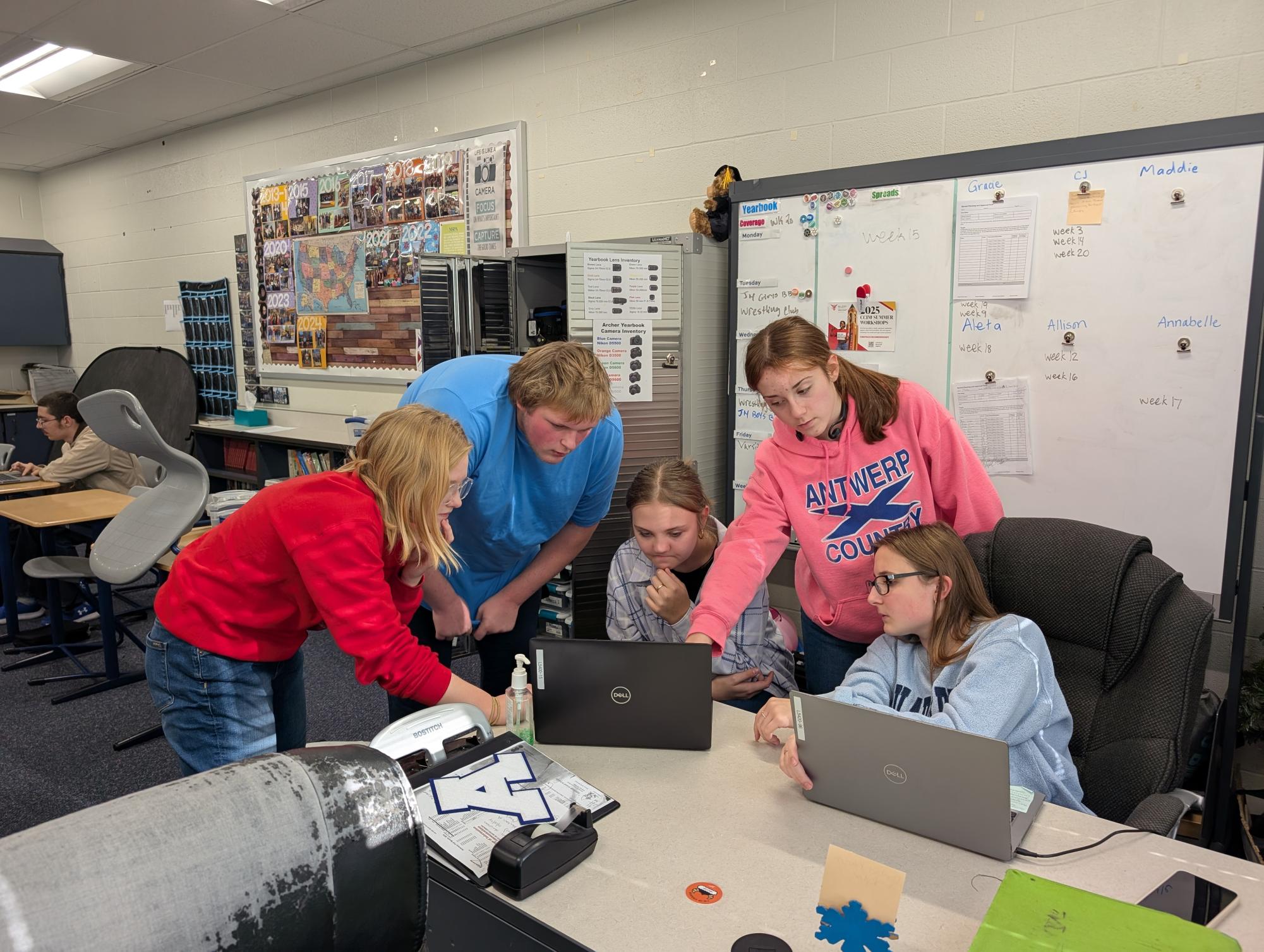
Solon High School Courier editor Sam Patton emphasizes the importance of teaching the basics at the beginning of the year.
“Don’t rush into getting articles out just yet,” he said. “Take your time.”
While the returning staff at GlenOak will put up a little content on the website early in the year, the goal is not to have the website running fully until the end of September, according to Spano.
“Don’t go too quickly or you may scare people away,” Spano said. “Go slow and show students that what we do is fun and doable!”
New members at Beachwood learn the ropes with guidance from advisers and editors. Early engagement helps them build skills, confidence and a sense of teamwork that keeps the publication running smoothly all year.
“Building a strong foundation with newer members allows the publication to grow and remain successful year after year,” Kang said.
One of the most effective ways to support new members is through guided, hands-on training.
“When a staff writer submits an article, editors provide feedback by leaving comments and suggested edits within the piece, allowing the writer to learn and improve through the revision process,” Kang said.
This feedback-focused mentorship not only sharpens writing skills but also helps foster a stronger sense of teamwork and growth.
The Hoover High School yearbook staff also emphasizes mentorship.
“We do a lot of shadowing, as well as hands-on help, like co-writing stories or giving them an example, then having them make it their own,” Heckaman said.
Bowen’s staff coached role playing examples for the group and offered shadowing for those who want it by matching newbies with experienced staff. Bowen noted that it is also important not to sell new members short.
“Some may need to pair up with experienced staffers, but others are stifled by that,” Bowen said.
New staffers also need lots of encouragement from the editors and adviser, but only if they deserve it.
“Be enthusiastic and positive– but truthful,” Bowen said. “If it’s not a great article of layout, don’t act like it is — but find ways to explain how to improve it.
Advisers should keep in mind that editors also need guidance to effectively support other journalists.
“I do a lot of one-on-one training for editors on skills beyond what’s taught in class,” Davis said.
Editors must be willing to acknowledge that they don’t have all the answers.
“I have a lot to grow as an editor and many more experiences to go through this year. This journey hasn’t ended — it’s just beginning,” Pochiraju said.
To do list:
- Pair new staff with returning staff mentors.
- Hold a peer-review workshop on drafts or rough cuts.
- Teach constructive feedback strategies.
- Schedule critique sessions after each issue/show.
- Schedule time for training editors
Building momentum doesn’t stop after the first deadline. Successful staffs look for ways to keep their publication visible and relevant throughout the year — from promoting their work at school events to engaging with the community and highlighting stories on social media.
“At the beginning of the school year, we also promote our newspaper by setting up an informational table during club fairs, alongside other student clubs, to encourage new students to join our team,” one staff member shared.
Open House/Meet the Teacher Night is also an opportunity to reach parents with information about advertising and subscriptions.
Many programs continue promotion throughout the year by hosting events, running social media campaigns, highlighting student work in school announcements or creating displays around the building.
The Beacon staff engages their readers by hosting contests for hidden things in their newsmagazine, according to Pochiraju.
Yearbook staffs with fall deliveries often plan launch events for distribution. They can keep the momentum going by creating buzz for the new edition by planning a theme reveal day.
Engaging the community and showcasing the staff’s work helps maintain excitement and draws new contributors while keeping readers invested in the publication.
To do list:
- Launch a “Meet the Staff” campaign online or in print.
- Set a regular social media posting schedule.
- Recruit new members through posters, announcements, or events.
- Showcase work at school events (assemblies, bulletin boards, broadcasts).
Hume offers one final piece of advice for advisers.
“Always make it about the editors,” he said. “It must be their voice and their work.
“The adviser’s job is to create an environment where they can think freely and to provide them with journalistic knowledge, legal understanding, and ethical awareness so they can best serve and support their defined and diverse audience.”
Walking that fine line between being impactful and staying out of the way can be challenging.
“It’s like Mr. Spock in Star Trek,” Hume said. “He provided the captain with every bit of knowledge and every possible outcome, then stepped back and respected the decision that was made.”
Your donation will support the student journalists of Ohio Scholastic Media Association. Your contribution will allow us to purchase equipment and cover our annual website hosting costs.
